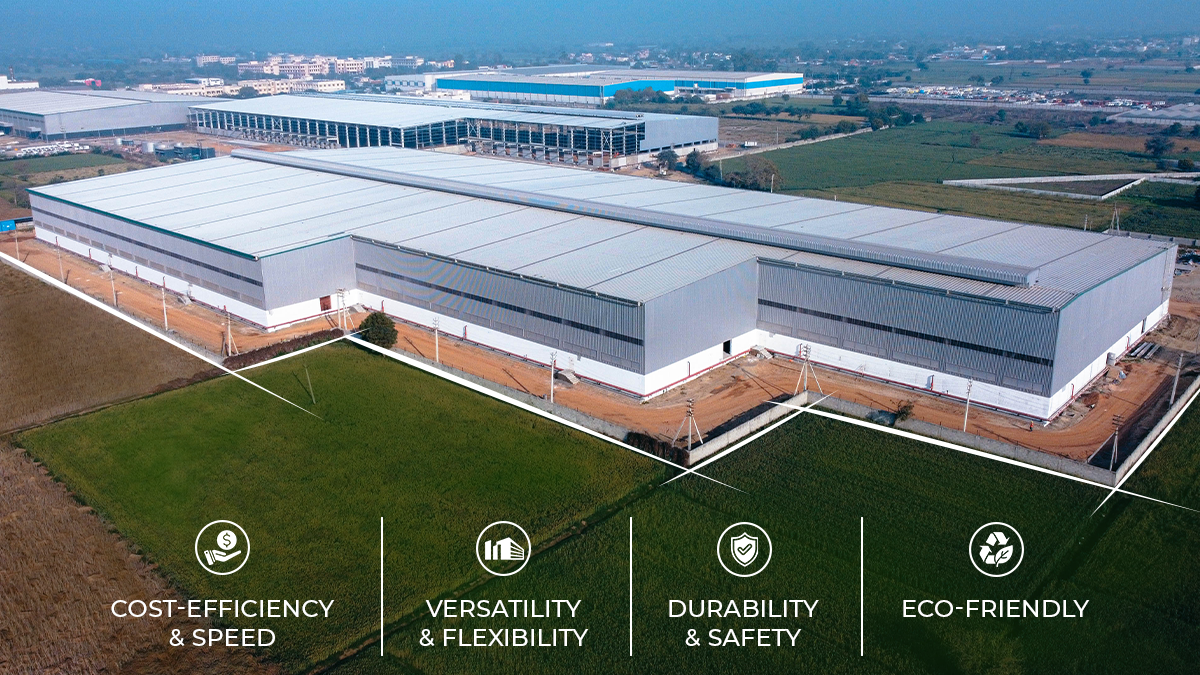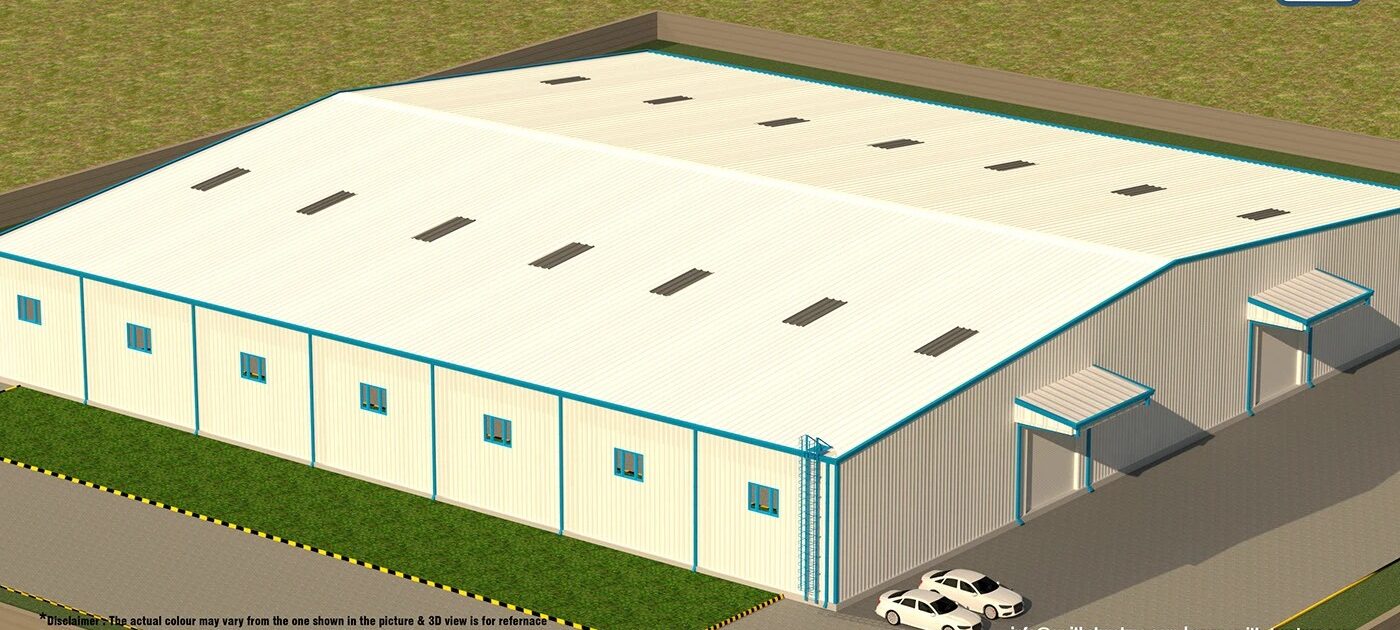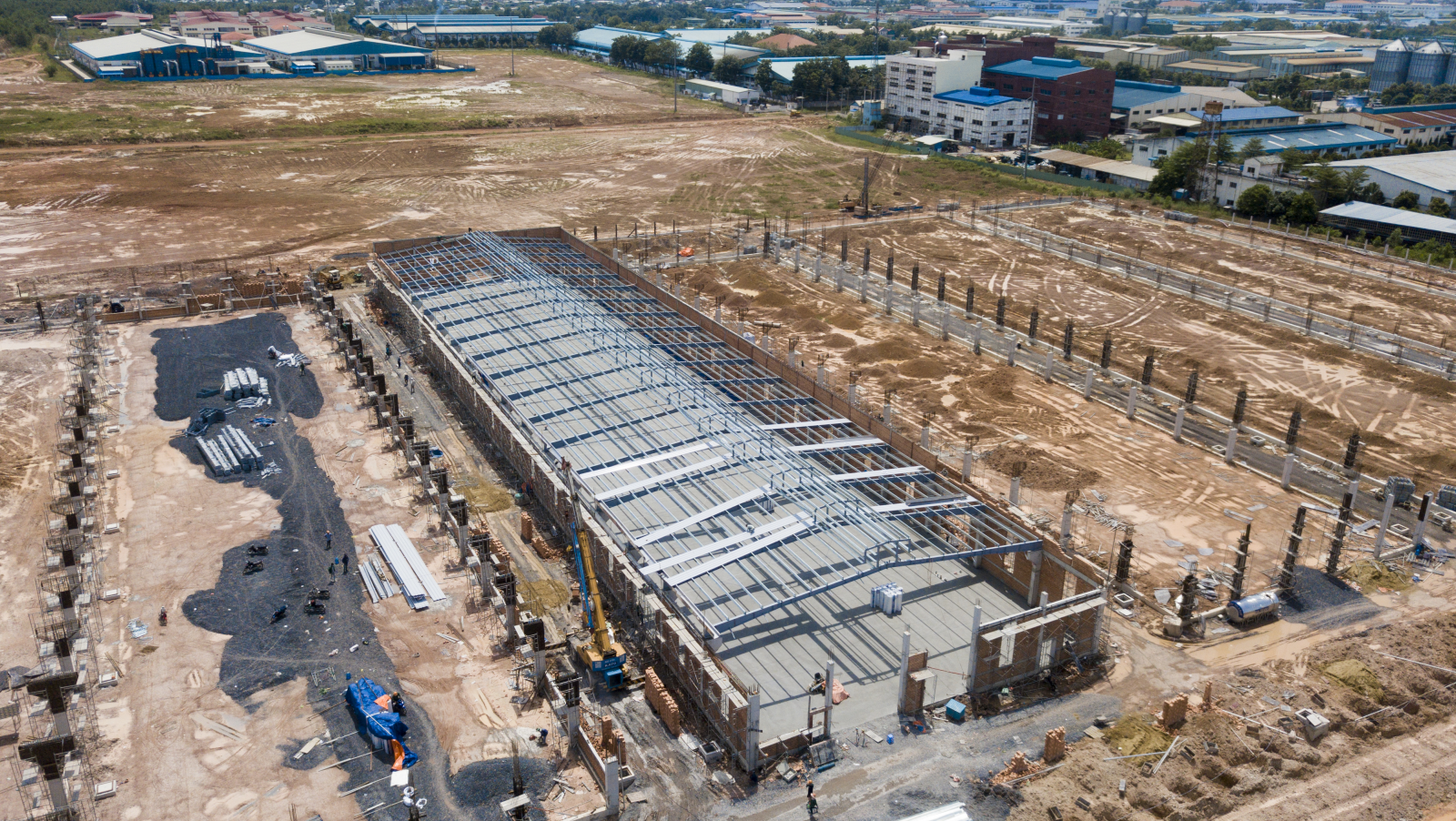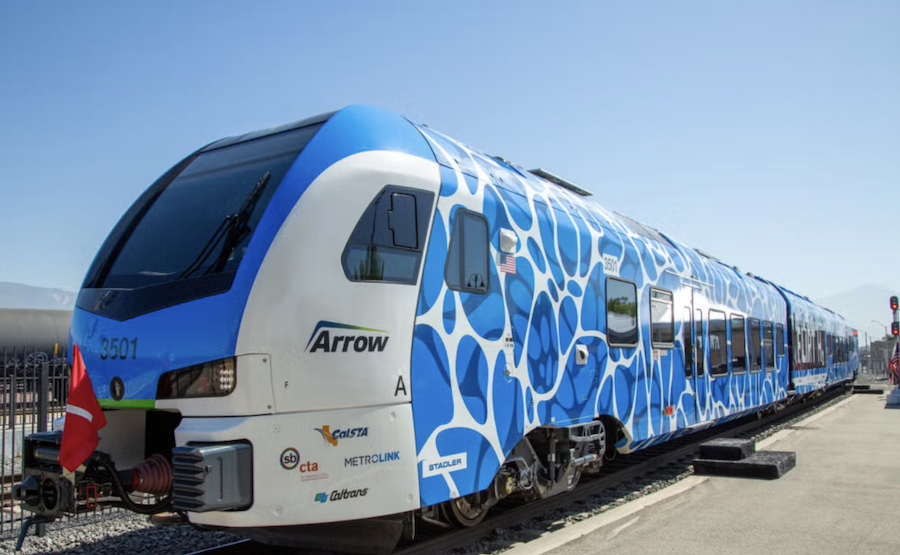
US Rail Agencies Still Bullish on Future Despite Ongoing Challenges
[ad_1]

Despite recent struggles over the California High-Speed Rail Authority’s ambitious plans—now in the crosshairs of a hostile federal government that is pulling $4 billion in funding—agency officials and their transportation peers from across the country remain optimistic that there is a public appetite for better high-speed and intercity rail projects in the U.S.
Speaking to attendees of the American Public Transportation Association rail conference on June 30 in San Francisco, LaDonna DiCamillo, Southern California regional rail director for the CHSRA, said that out of 171 miles of alignment built in the Central Valley, 119 are in the test-track phase. Another 463 miles have completed the environmental review process, with only one 30-mile segment remaining, she added.
The agency may look into public-private partnerships as it continues to “reassess the vision” she added.
In another panel on July 2, new CHSRA statewide regional director Basem Muallem said that it is working with BNSF Railway on potential plans for sharing facilities such as storage yards. Future construction will implement lessons learned, such as better identifying risks regarding right-of-way acquisitions and utilities, and better communicating these to stakeholders.
He said that the agency is now using real-time tracking of high-risk activities such as utility relocations with cloud-based applications, not Excel spreadsheets.
Amtrak is still going strong with its capital program, fueled by the IIJA. Its $6.8-billion budget for the 2025 fiscal year includes $50 billion in “critical” projects such as building two new electrified tunnel tubes in Baltimore, said Jennifer Mitchell, executive vice president of strategy and planning.
Five of 10 contracts are underway for the $11-billion Gateway program in New York and New Jersey to build two new tunnels beneath the Hudson River while revamping the two existing ones, she added. Another $100 million is aimed at increasing station accessibility.
Still in the early planning process is a 54-mile High Desert Corridor that would connect Los Angeles and San Bernardino counties, linking eventually with the California high-speed rail line and the planned Brightline West linking the LA area with the Las Vegas area.
Speaking to the issue of megaprojects often exceeding cost and schedule estimates, Arthur V. Sohikian, executive director of the High Desert Corridor Joint Powers Agency, said: “When I’m dead and gone, nobody will care how much it cost. Hopefully they’ll just be using it.”
Rethinking Processes
The idea of using facilities to stockpile long-lead items that contractors could access if needed helped the Massachusetts Bay Transportation Authority revamp its system to remove 250 speed restrictions due to tight curves and deteriorated track, said Phil Eng, MBTA general manager and CEO.
“We treat state-of-good-repair projects almost like it is an emergency,” he said, noting daily calls with the contractors and a plan to add additional ones as needed. The agency replaced 250,000 ft of rail in 2023, and in 2024 “2.4 million minutes a day were given back” to commuters, he said.
Agency leaders in that July 2 session expressed a common desire to see various federal review processes be streamlined, such as the Capital Investment Grants program. “It takes time to get a full funding grant agreement” through the CIG program, noted Timothy Lindholm, chief program manager for the Los Angeles Metro, adding that the process should be expedited for “proven entities” who have applied for grants in the past.
While environmentally conscious stakeholders “expect a robust process” for relevant reviews, “our regulatory regime sometimes emphasizes process over purpose,” said Dow Constantine, CEO of Seattle’s Sound Transit.
Muallem agreed, saying, “We cannot have a review be five to ten years.” He lamented that a project might wait up to three years for a permit because the public comment process isn’t curtailed enough. As for utility relocations, “that’s also a process that takes forever” because the utilities “insist on doing it,” he said. A potential response could be: “We can do it and show you [what we’re doing],” he said. “Otherwise, you’re killing the project.”
High Hopes for Hydrogen
The San Bernardino County Transportation Authority retrofitted a maintenance yard to accommodate hydrogen-fueled rail cars. North America’s first federally compliant self-powered, zero-emission passenger train, a Zero-Emission Multiple Unit (ZEMU), arrived in San Bernardino County in June of 2024. The passenger train uses a hybrid hydrogen and battery technology to propel the train and power onboard electrical systems. Water vapor is the only emission generated from the propulsion system.
The facility requires both active and passive ventilation including increased louvres and a 6-in. line for fire suppression, said Joy Buenaflor, SBCTA deputy director of transit and rail.
While hydrogen-fueled vehicles have been around for some time, their passenger railcar equivalents are still in infancy, said Joseph Tax, rail vehicle specialist with HDR. Railcars require much more energy. For supporting infrastructure, “ventilation is your best friend,” he said, adding that gas and flame detectors, fire suppression and sparkproofing are all considerations.
Hydrogen leaks in tunnels pose another risk, as do charging limitations, discharge rates and eventual degradation of fuel cells, adds Martin Schroeder, contract manager with Jacobs.
The ZEMU two-car passenger train is expected to enter commercial service sometime this year.
[ad_2]
Source link
Post a Comment
You must be logged in to post a comment.

